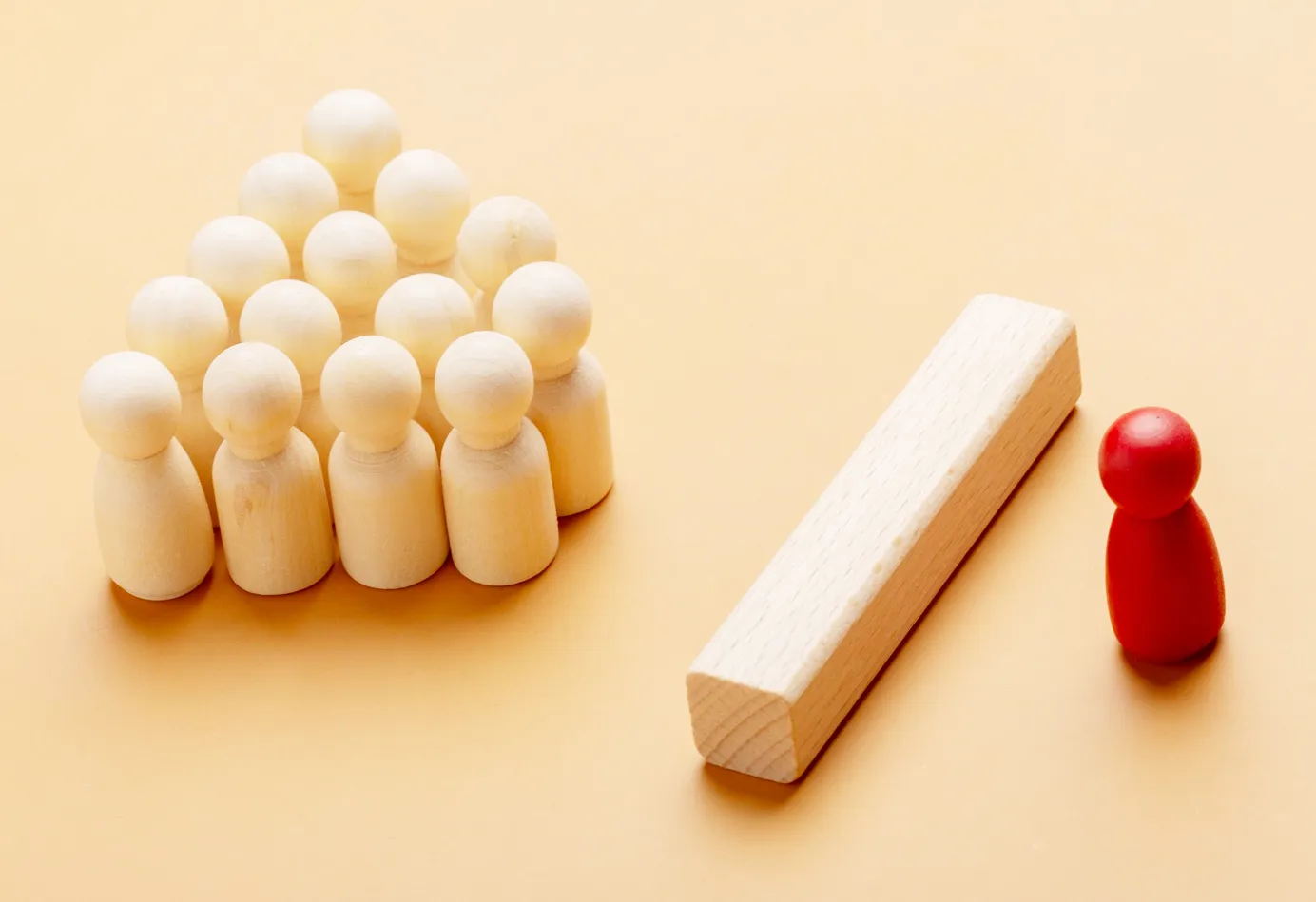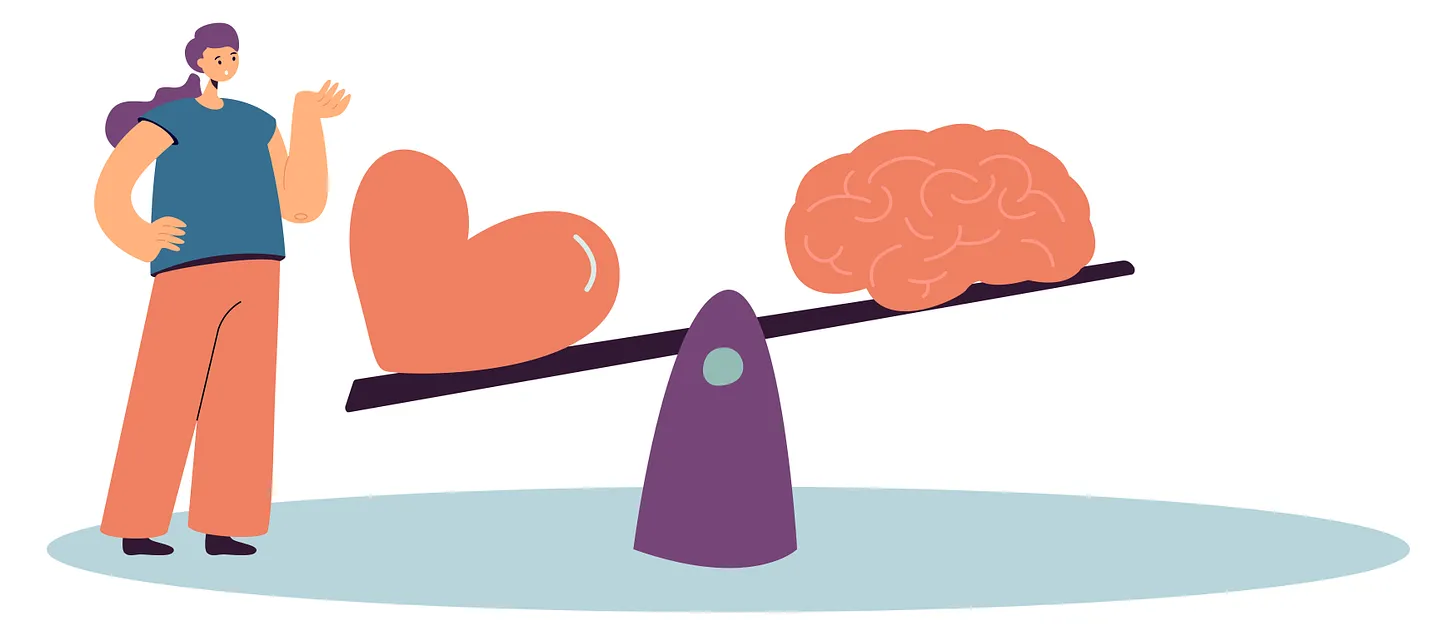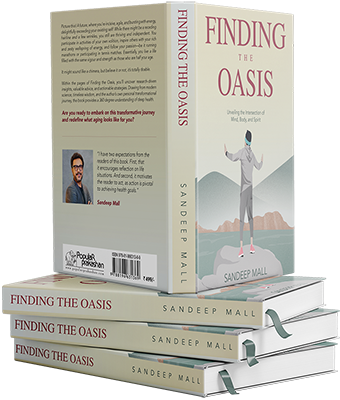Mastering Decision Making
Balancing Wisdom and Compassion – Issue #105 (5 min read)
In our ever-evolving lives, decisions present themselves as riddles, sometimes wrapping our minds in intricate webs of moral and practical quandaries. Let’s begin this edition with a gripping story that offers valuable insights into the dynamics of decision-making.

Which One Will You Choose?
A group of children played beside two railway tracks – one still in use while the other disused. Most of the kids played gleefully on the active track, but one lone child, perhaps the wiser of the bunch, played on the dormant one. As fate would have it, a train approached at full speed. You, positioned next to a lever, have the power to change the train’s course to the unused track, potentially saving the majority but endangering the solitary child.
Would you divert the train, or let it continue its predestined route?
It’s tempting to think that diverting the train, thus sacrificing one to save many, is the logical choice. And indeed, that’s the conclusion many arrive at, considering it both morally and emotionally justified. But here’s a twist: The child who opted for the disused track had chosen the safer, wiser path, while his peers, perhaps in their innocence, chose the path of peril.
This situation mirrors real-world dilemmas we face daily. Whether in the office, community, or political arena, especially in democratic societies, the minority often find themselves overshadowed, even if their insights or choices are more enlightened or prudent than the majority’s.
The Wisdom of the Few vs. The Voice of the Many
The story underscores a vital point: In many scenarios, the majority’s choices, driven by popular sentiments or collective ignorance, can side-line and even endanger the informed few who see beyond the immediate.
So, as we navigate our daily decision-making challenges:
Value Minority Voices: Recognise that sometimes, the quieter voices bring wisdom borne of careful observation and reflection.

Question the Majority: Just because many people think a certain way doesn’t always make it right. Weigh the majority’s opinions but remain open to alternatives.
Consider Long-Term Impacts: Short-term benefits might appeal to the masses, but always assess the long-term implications of any decision.
Empathy and Morality: Beyond logic, infuse your decisions with empathy. Understand the implications for all involved, not just the majority.
As we embrace the art of decision-making, let’s strive to ensure our choices are not just popular but also wise, compassionate, and forward-thinking. Every decision is an opportunity to shape our world, so let’s sculpt it thoughtfully.
Toolkit to get better at making every type of decision
We make a ton of choices a day, from the micro (what should I eat today?) to the life-changing (do I quit my job and start this enterprise?). The sheer number of decisions that require attention can be taxing. Decision-making is made harder when we have more choices, and that can feel overwhelming.
Some tools to help in Decision Making
Zero into what you want. Without clear objectives for what you want to achieve with a decision, you might focus on the wrong things. Even if its small decisions. Like if going out for dinner with friends, and if you want to have some meaningful conversation you should choose a quieter restaurant. This will work in bigger life decisions. For example, when weighing multiple job offers, think about what aspects of a new job would make your life better, aside from salary: work-life balance, commute time, benefits.
Don’t waste too much time on small decisions. What to make for lunch or what to wear in the morning or who to have drinks with — it’s reasonable to not worry about this stuff. Don’t waste your energy on these things. Also don’t worry about the quality of these decisions.
Get opinion for the big stuff. Ask people who have experienced similar things. Get a second, third or fourth opinion. Don’t make major decisions in a vacuum.

Feelings shape our thinking. Be mindful of your emotions. It’s not a good idea to make decisions when in an emotionally fluctuating state. Like taking a decision after a fight with partner. Better to let things settle and then decide. Getting your emotion out by journaling is a great way to keep emotional decision making in check.
Make a pros and cons list. Prioritise decisions with respect to goals. For example, when deciding whether to skip a friend’s upcoming wedding due to the high cost of attending multiple nuptials in a year, a pros and cons list would push you to think about how highly you value this friendship versus your goal of putting more money into savings.
Here are some introspection questions designed to guide you deeper into understanding the choices you make:
Core Values: What core values are driving this decision? Are they consistent with my overall life goals and beliefs?
Long-Term View: How might this decision affect me in 5, 10, or even 20 years from now?
Immediate Repercussions: What are the immediate consequences of this decision? Who else is impacted by it?
Intuition Check: How does this decision align with my gut feeling? Is there internal harmony or discord?
Information Gathering: Have I sought enough information and different perspectives to make an informed choice ?

Emotional State: Am I making this decision based on current emotional highs or lows? How might my decision change if I were in a different emotional state?
Fear Factor: Is fear playing a role in my decision? Am I avoiding a choice because I’m scared of potential outcomes?
Opportunity Costs: By choosing this option, what other opportunities am I potentially letting go of?
Advisory Voices: Whose advice or input have I sought? Have I considered both the opinions of those who agree with me and those who might offer a counterpoint?
Visualise Outcomes: Can I visualise the potential outcomes of this decision? How does each scenario make me feel?
Reversibility: Is this decision reversible? If things don’t go as planned, what’s my backup strategy?
Decision Legacy: How would I feel if my decision was made public? Would I be proud of this choice?
Sacrifices and Gains: What am I sacrificing with this decision, and what do I stand to gain?

The ‘Why’ Question: Why am I leaning towards this decision? Is it for personal growth, societal pressure, or some other reason?
Sleep Test: Will I sleep peacefully after making this decision? Does it sit well with my conscience?
Using these questions as a guide, take the time to sit quietly and deeply ponder the choices ahead. Often, this introspection illuminates the path forward, ensuring that decisions align with both the mind and heart.
All illustrations are by Kratika Singhal




